Development of creativity in the attention to university students with special educational needs in Guayaquil
Development of creativity in the attention to university students with special educational needs in Guayaquil
Keywords:
Educational management, creativity, inclusiónAbstract
The objective of this study was to know the diffusion of innovative educational management in the teaching-learning processes for schoolchildren who learn in a participatory, quality and creative way. A non-experimental study was applied whose observational structure facilitated a descriptive, qualitative and cross-sectional determination of different characteristics. A 20-point interview with representatives of innovative educational management implemented in the educational institution and its impact on inclusive education was used as a tool. The results showed that the activities carried out in the center, enable the permanence of disabled students with special educational needs, require a change of mentality of teachers towards an inclusive quality education, due to the fact that there are gaps in the classroom of the students. In conclusion, it can be said that innovative learning management has a positive effect on inclusive education, because it helps students to obtain a quality education, minimizes physical, social and mental barriers, values human diversity, strengthens acceptance of individual from a harmonious coexistence, to promote the true construction of a world of possibilities.
References
Conde Lorenzo, E. y Marmol Castillo, M. C. (2021). La formación docente y su influencia en las adaptaciones curriculares y el aprendizaje de los estudiantes con necesidades educativas especiales. https://pure.ups.edu.ec/es/publications/la-formaci%C3%B3n-docente-y-su-influencia-en-las-adaptaciones-curricules/
Corral Joza, K. & Macías Figueroa, J. J. (2021). Estrategias creativas para fortalecer la práctica docente en la inclusión educativa de estudiantes con Necesidades Educativas Especiales. http://repositorio.sangregorio.edu.ec/handle/123456789/1919.
Guajala Balcázar, J. P. (2022). Relación del pensamiento lateral y el aprendizaje creativo en estudiantes de Psicopedagogía de la Universidad Central del Ecuador. Ecuador.
Guerrero, N. (2016). Estrategias de aprendizaje de organización bajo el enfoque socio cognitivo para desarrollar habilidades intelectuales en estudiantes del quinto grado de educación primaria de I.E. SAN DANIEL, PANGOA - 2016. Satipo.
Lozano, J. C. (2015). Plan de atención a la diversidad. Alianza Editorial.
Macìas Vera, J. J. (2017). Metodologías activas aplicadas por los docentes para alumnos con necesidades educativas especiales, asociadas a discapacidad intelectual. Unidad Educativa Calm Manuel Nieto Cadena. https://repositorio.pucese.edu.ec/handle/123456789/995
Montes del Castillo, Á. (2014). Guía para proyectos. Universitas, 91-126
Naciones, U. (2020). 2030, asegurar que todas las niñas y todos los niños terminen la enseñanza primaria y secundaria, que ha de ser gratuita, equitativa y de calidad y producir resultados de aprendizaje pertinentes y efectivos. Ecuador: https://www.un.org/sustainabledevelopment/es/education/
Rojas-Avilés, F. S. (2020). Percepciones a una educación inclusiva en el Ecuador. Revista Cátedra.
Sevilla Santo, D. E., Martín Pavón, M. J. & Jenaro Río, C. (2018). Actitud del docente hacia la educación inclusiva y hacia los estudiantes con necesidades educativas especiales. Revista Innov. educ., 18(78). https://www.scielo.org.mx/scielo.php?script=sci_arttext&pid=S1665-26732018000300115
Published
How to Cite
Issue
Section
License
Copyright (c) 2022 José Enrique Tumbaco-Gabino

This work is licensed under a Creative Commons Attribution-NonCommercial-NoDerivatives 4.0 International License.
This journal provides immediate open access to its content, based on the principle that offering the public free access to research helps a greater global exchange of knowledge. Each author is responsible for the content of each of their articles.

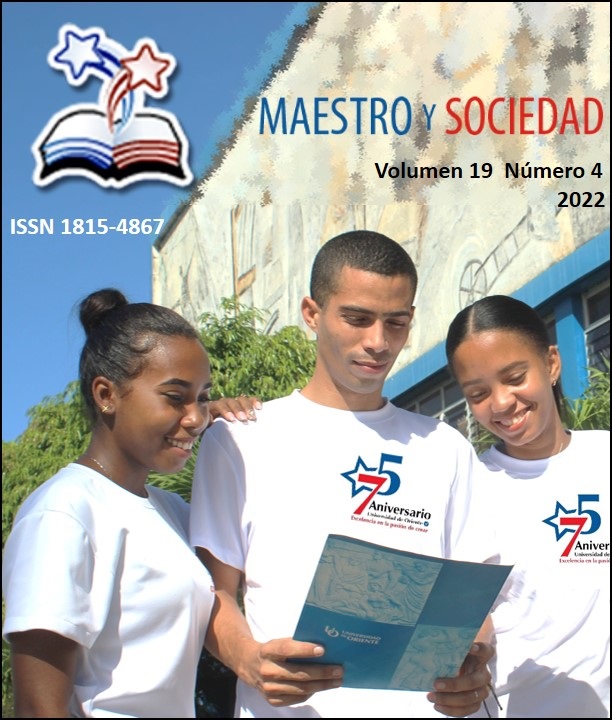

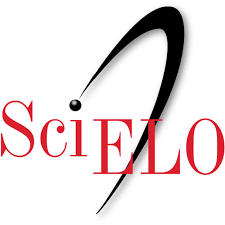






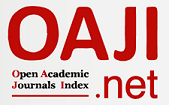





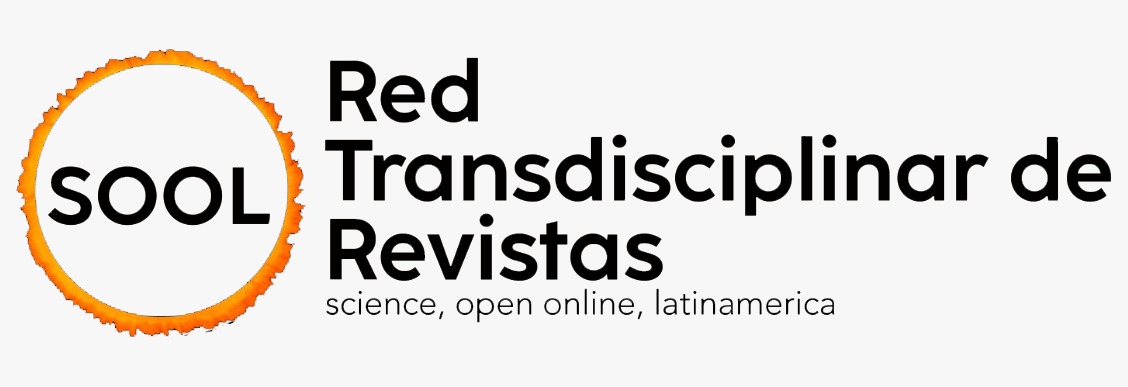



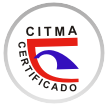






 Universidad de Oriente
Universidad de Oriente 